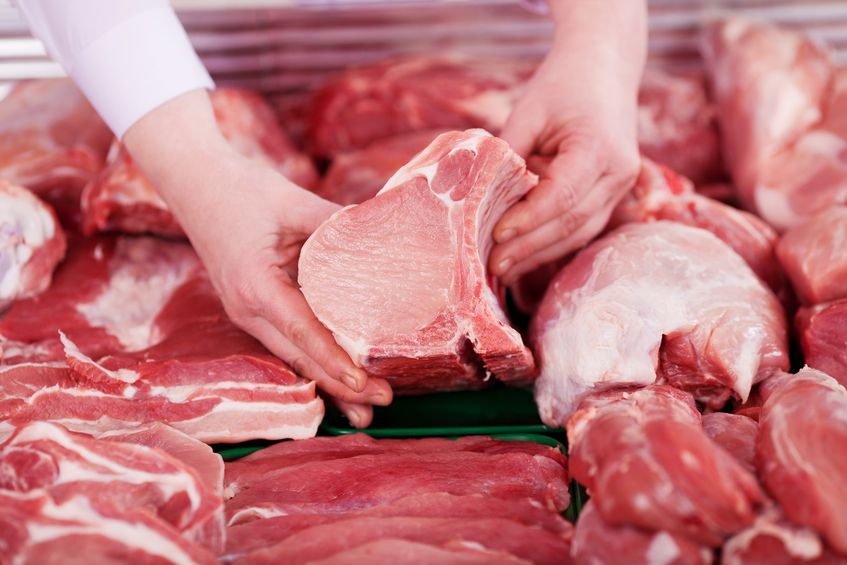
The UK shipped a record number of pig meat around the world last year, worth just under £490m, further demonstrating the importance of non-EU countries to pig meat trade.
In 2018, the UK shipped a record total of 347,000 tonnes of pig meat, worth just under £490 million, around the globe – 12,000 tonnes and over £19 million more than the previous year, marking a decade of sustained growth.
UK pig meat exports have also got off to a flying start to 2019, fuelled by more than £16 million in shipments to non-EU destinations in January alone.
The latest IHS Maritime & Trade figures show a rise of more than 40 per cent in the value of exports to countries outside the European bloc and close to 28 per cent in volume for January 2019, compared to January 2018.
Trade to the EU remained fairly stable, with volume increasing by 0.36 per cent and value by three per cent to more than £24 million.
Combined, this meant UK pig meat exports rose by nearly 11 per cent overall year-on-year to well over 28,000 tonnes, worth just under £41 million, up from £35 million in January 2018.
Angela Christison, AHDB Pork Strategy Director, said: “This is a fantastic start to the year and while the EU remains a significant and valued customer, this demonstrates the growing importance of non EU countries to pig meat trade.
“British pork is enjoyed in some 97 countries around the world now and the interest only seems to be growing.”
China was the UK’s biggest buyer this January, taking 7,800 tonnes of pig meat, followed by Ireland, Germany and the Netherlands. Outside the EU, other top-ranking customers were Hong Kong, the USA and the Philippines.
UK exports team, which carry out market access and development work overseas on behalf of the pig industry, was instrumental in opening Taiwan to UK pig meat last year, worth a potential £50 million over the next five years.
